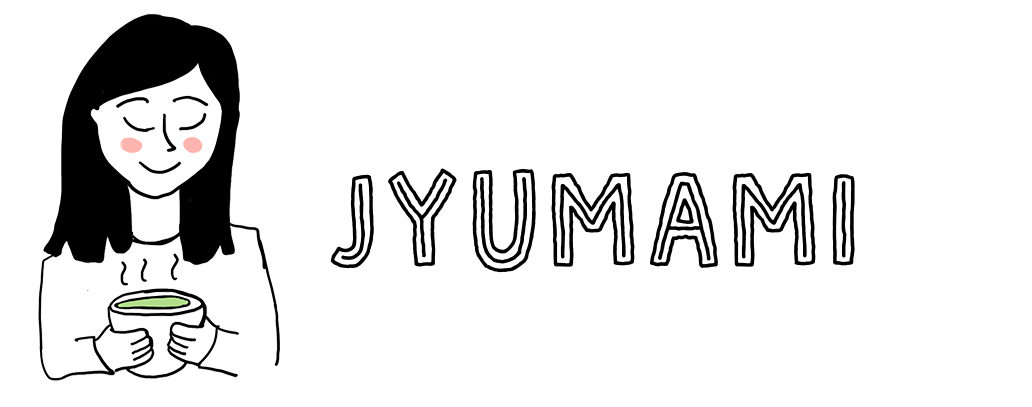seoul
서울
A FOOD GUIDE
Here’s a curated list of our favorite restaurants or food stalls in Seoul across its different neighborhoods, from Ikseondong to Hongdae. For cafés, I gathered them in a different post, that you can check out here.
1. Jungdamun Bossam 정담은보쌈
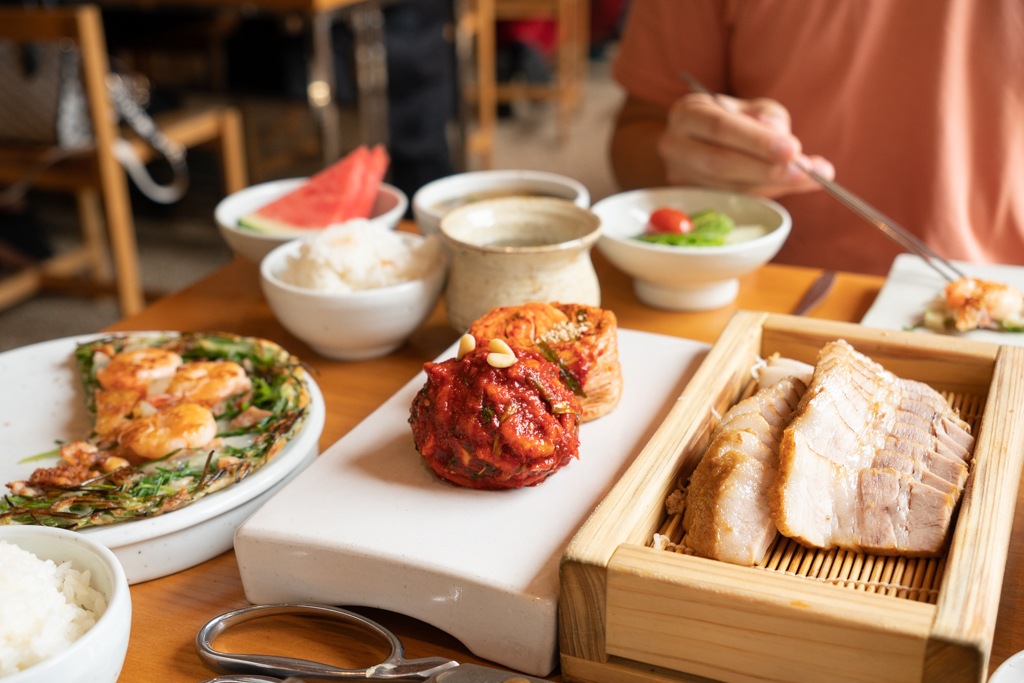
Located in Bukchon Hanok Village, Jungdamnu Bukchon is set within a beautifully preserved hanok, a traditional Korean house, where the architecture alone invites you to slow down and savor the moment. This restaurant specializes in bossam, a dish of tender pork wrapped in crisp napa cabbage. They have other variations of bossam such as octopus, clam, black pork, duck and beef. We got the set for 2 – which included 2 types of kimchi, salad, rice and soybean cabbage soup. Their pajeon (seafood pancake) was a standout during our visit – golden, crispy, and packed with fresh seafood, it’s a must-try. They also have a wide selection of magkeolli to pair with your meal. We arrived at 1 PM on a weekday, anticipating a crowd, but were pleasantly surprised to find no queue.
Address: 서울특별시 관악구 남부순환로 1661.
2. Hangaram 한가람 본점
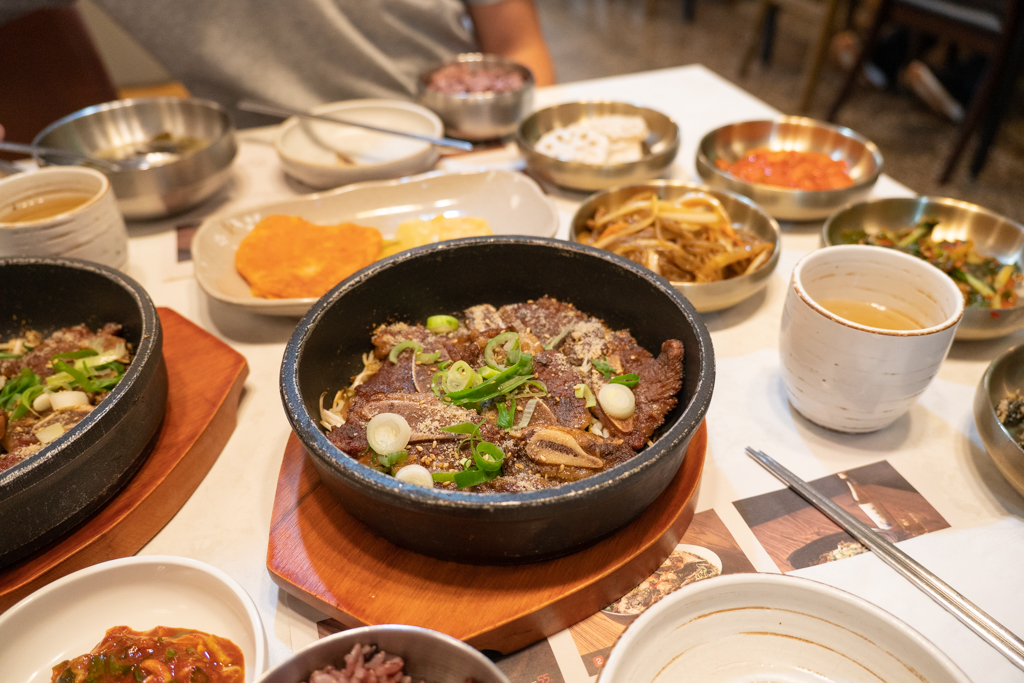
Hidden in an alley of Namdaemun, this restaurant specializes in hangjeongsik, a traditional Korean full-course meal with a focus on healthy, seasonal ingredients. Chef Kim Bong-chan, drawing on his experience as a nutritionist, offers a menu rooted in medicinal cuisine, where each dish is designed to be both savory and nutritious. The meal began with an array of banchan – around 11 small plates – including standouts like salmon sashimi, japchae, and lotus roots. For the main course, we chose from options such as soy-marinated crab, LA galbi, mushroom bulgogi, grilled eel (jangeo), and abalone cold platter. To finish, we were served a small cup of pumpkin juice, which was refreshingly unique and unlike anything we’ve tasted before.
Address: 서울특별시 중구 남대문로5길 25
3. Tosokchon Samgyetang 토속촌 삼계탕
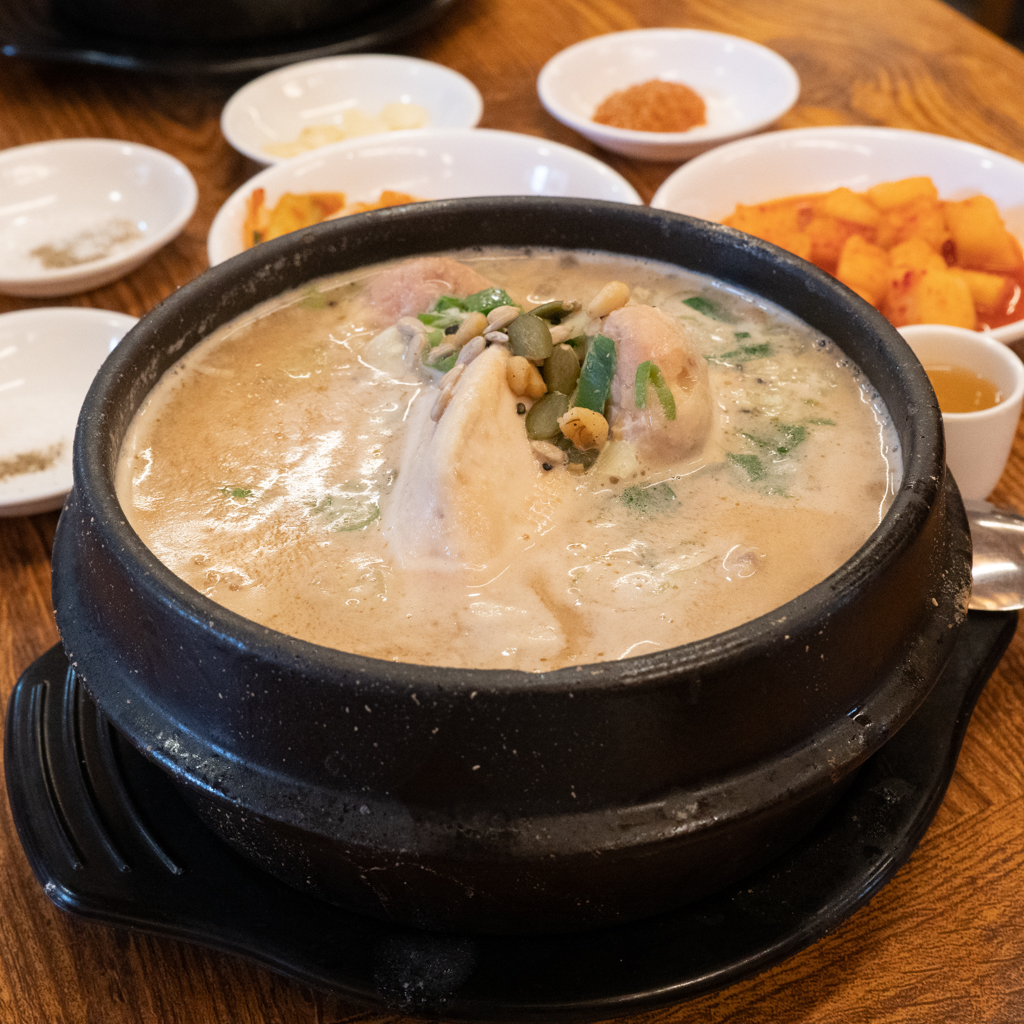
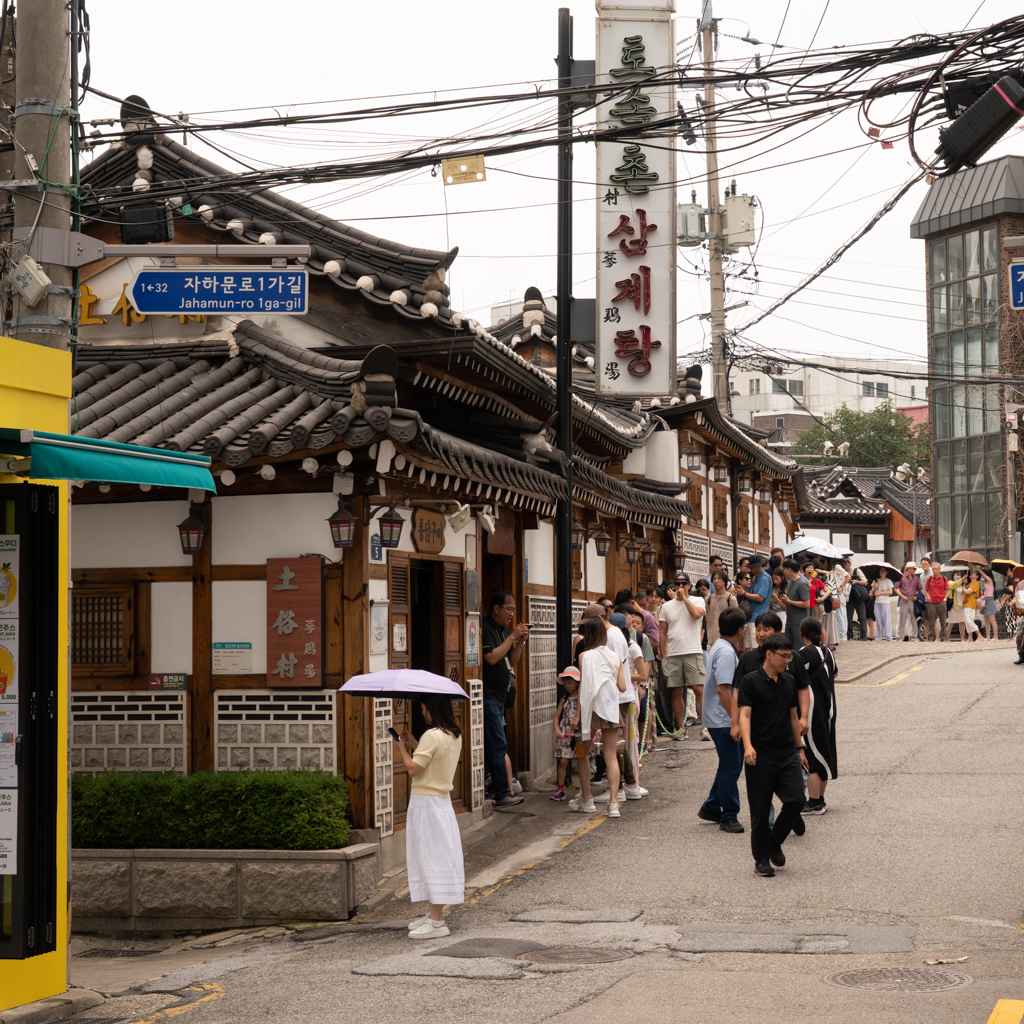
Tosokchon Samgyetang in Ikseondong specializes in samgyetang, a ginseng chicken soup that features a whole chicken stuffed with rice, ginseng, garlic, and jujube. Despite the heat, this warm comforting soup is a popular choice on hot days in Korea, as it’s believed to replenish energy and balance body heat. The Korean saying “Yi yeol chi yeol” (以熱治熱: 이열치열), meaning “fight fire with fire,” perfectly captures this tradition. We also enjoyed insamju (ginseng liquor) throughout our meal. Insamju is typically made by infusing ginseng in a base liquor, such as soju, allowing the root’s earthy, slightly bitter flavors to permeate the alcohol. We arrived at 10 AM to no queue, but by 11 AM, the line had grown to over 50 people – so it’s best to arrive early.
4. Pig Restaurant 2 돼지래스토랑 둘째
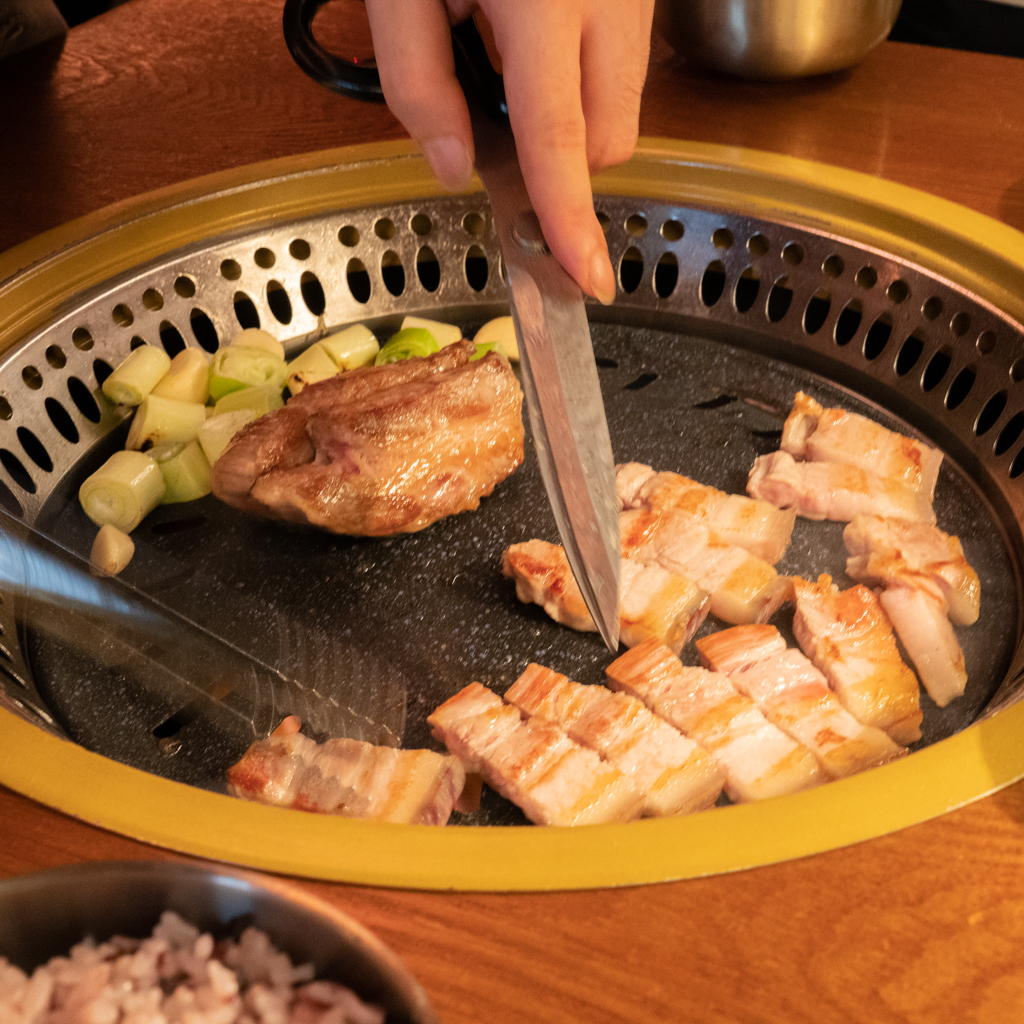
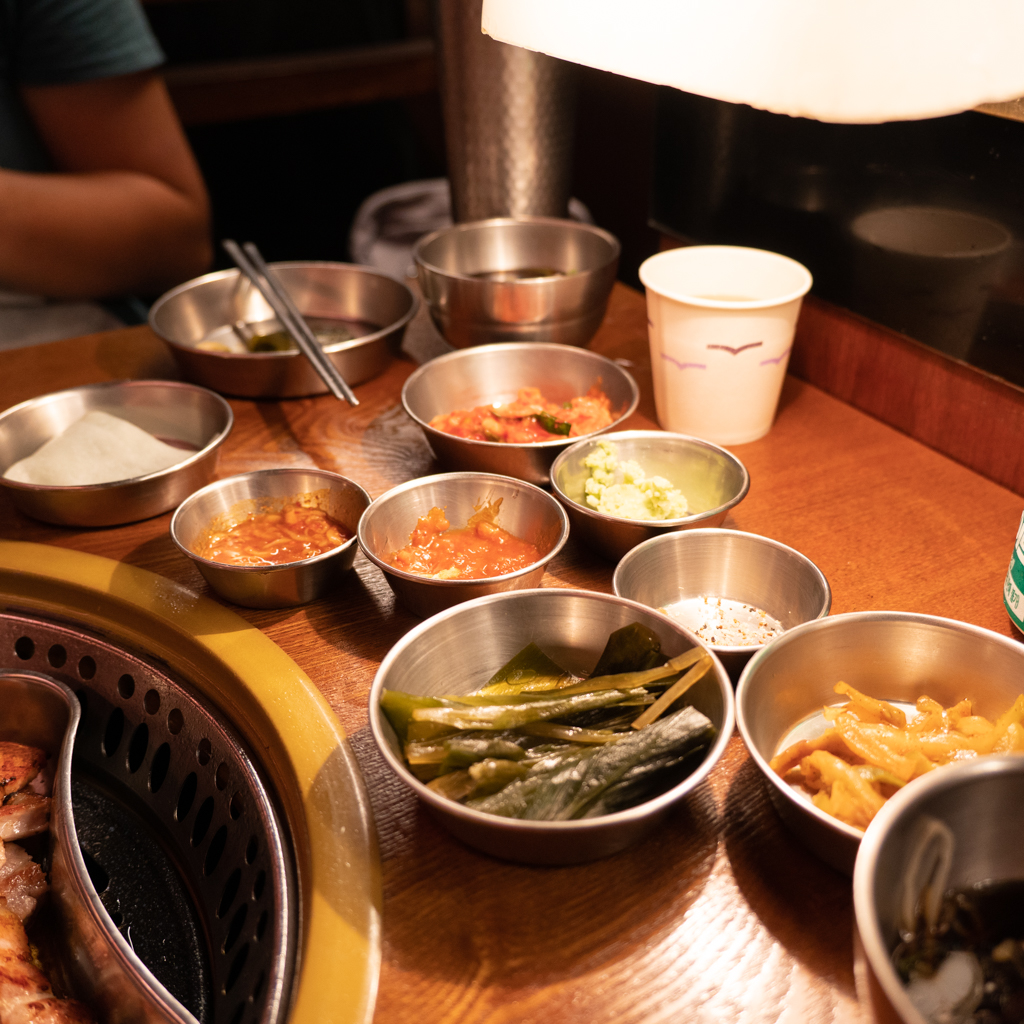
5. Holanjeon 호랑전
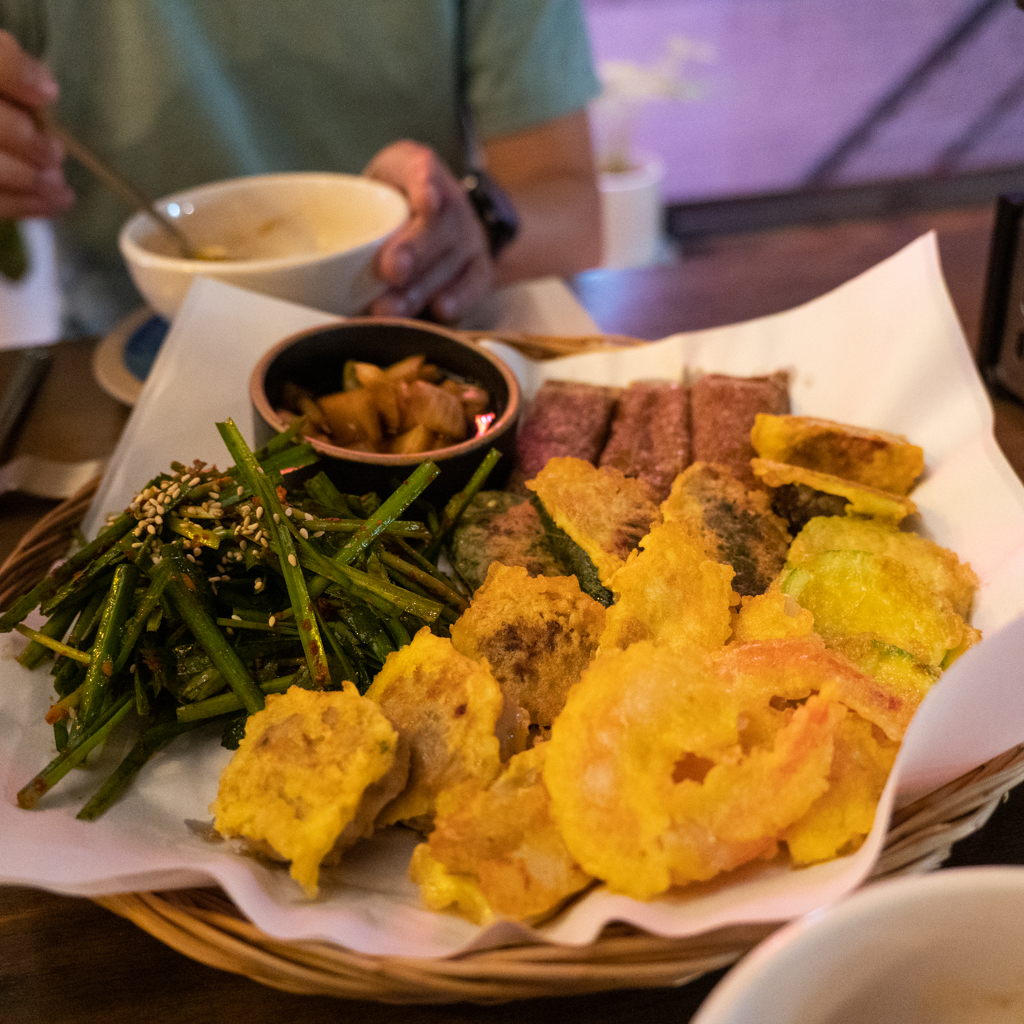
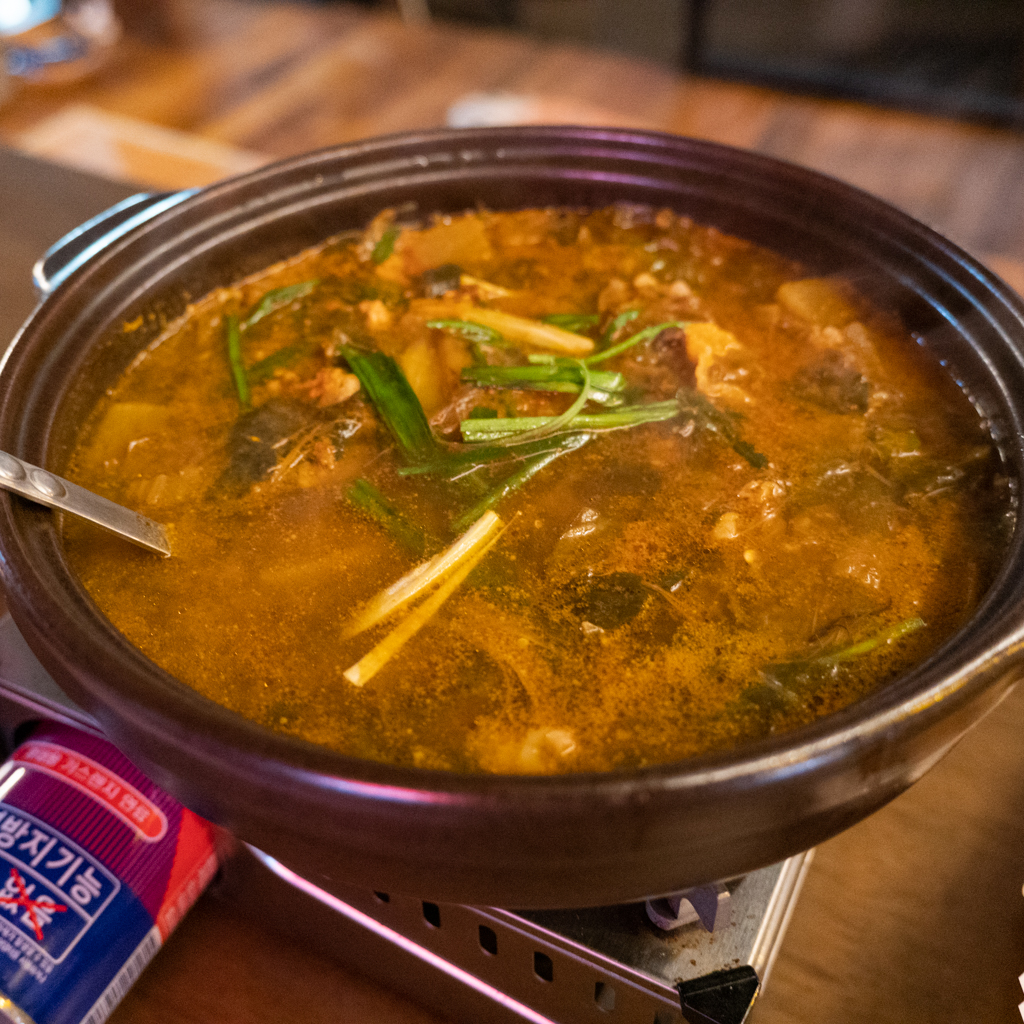
Holangjeon, located on the second and top floor of a small building in Hongdae, is a cozy and intimate restaurant with just three tables and two counter seats. This was one of our most memorable dinners, and what a perfect way to end our Korea trip. We ordered an assortment of jeon (korean pancakes), which included zucchini, shrimp, pollack, meat, shiitake mushrooms, kimchi and buckwheat, and perilla leaves. We also ordered my favorite korean dish- yukgaejang (spicy beef soup), which was incredibly rich and flavourful, from hours of simmering. The rest of their menu looked equally enticing, with fusion dishes such as cheese gamja dweji galbijim (tender pork braised in soy sauce over cheesy mashed potatoes), and jungpyeon and gochu japchae (spicy stir-fried noodles). Reservations are required for lunch and dinner, so make sure to book in advance via Naver or Instagram DM.
Address: 서울특별시 마포구 서교동 334-6 201호.
6. Dongdaemun Special Duck 동대문 별난오리

Located in Dongdaemun, Dongdaemun Special Duck offers a unique and special take on duck cuisine. We began with their roasted duck, which was remarkably juicy, tender, and savory, perfectly complemented by the spicy chives. Beneath the duck, an iron plate held a plaque of simmering duck soup that we enjoyed once it had reached a hearty boil. The soup was deeply comforting and flavorful, and it was a satisfying finish to the meal. We also had the option to make spicy fried rice with the remaining duck soup and cheese, but we were too full to indulge.
Address: 서울특별시 종로구 종로46길 12.
7. Insadong Hangane Bulgogi Jumak 한가네불고기
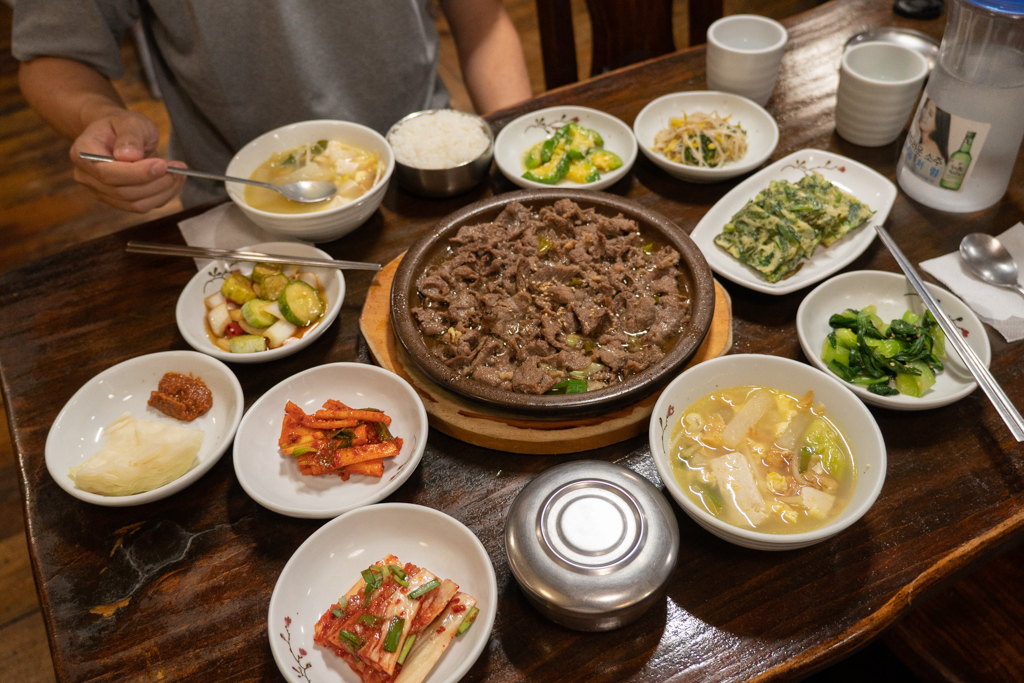
Address: 서울특별시 종로구 인사동길 59.
8. Jaeyondo Salt Bread Bakery 자연도소금빵
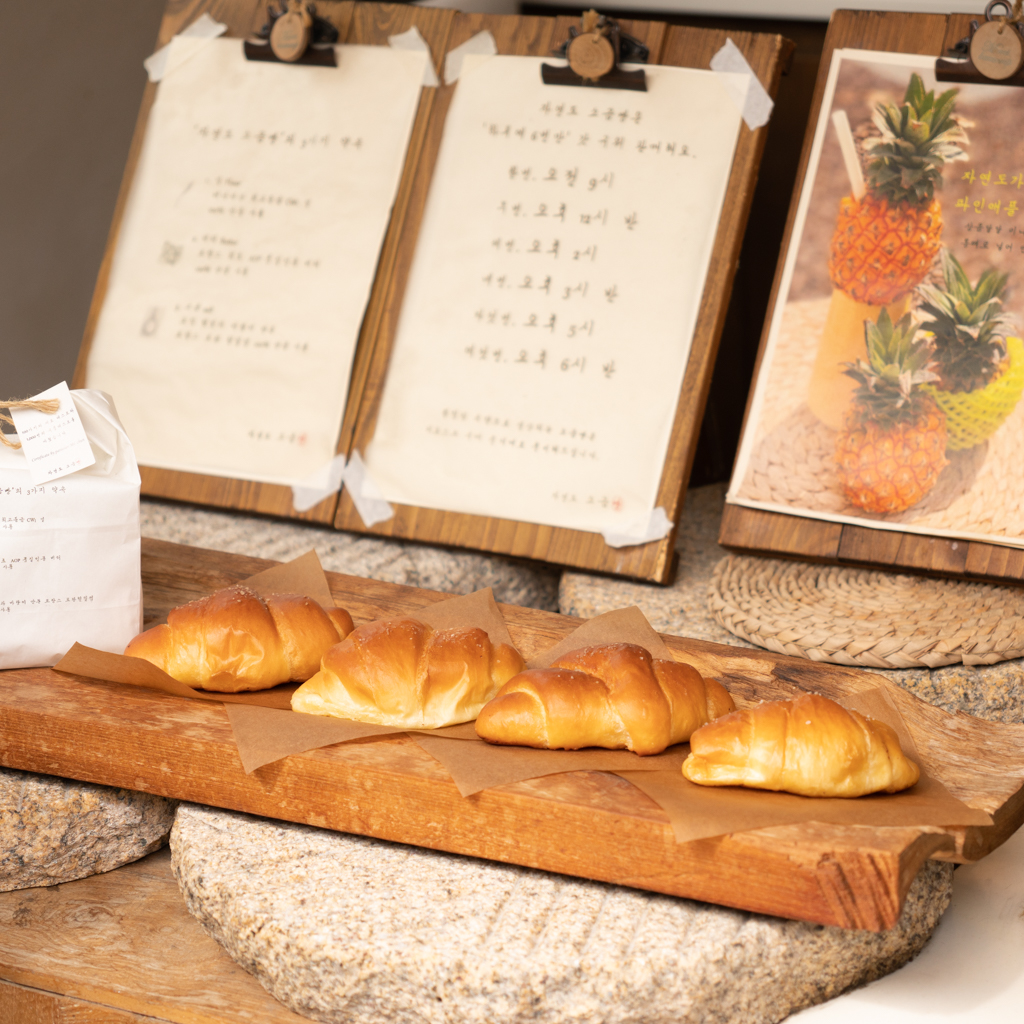
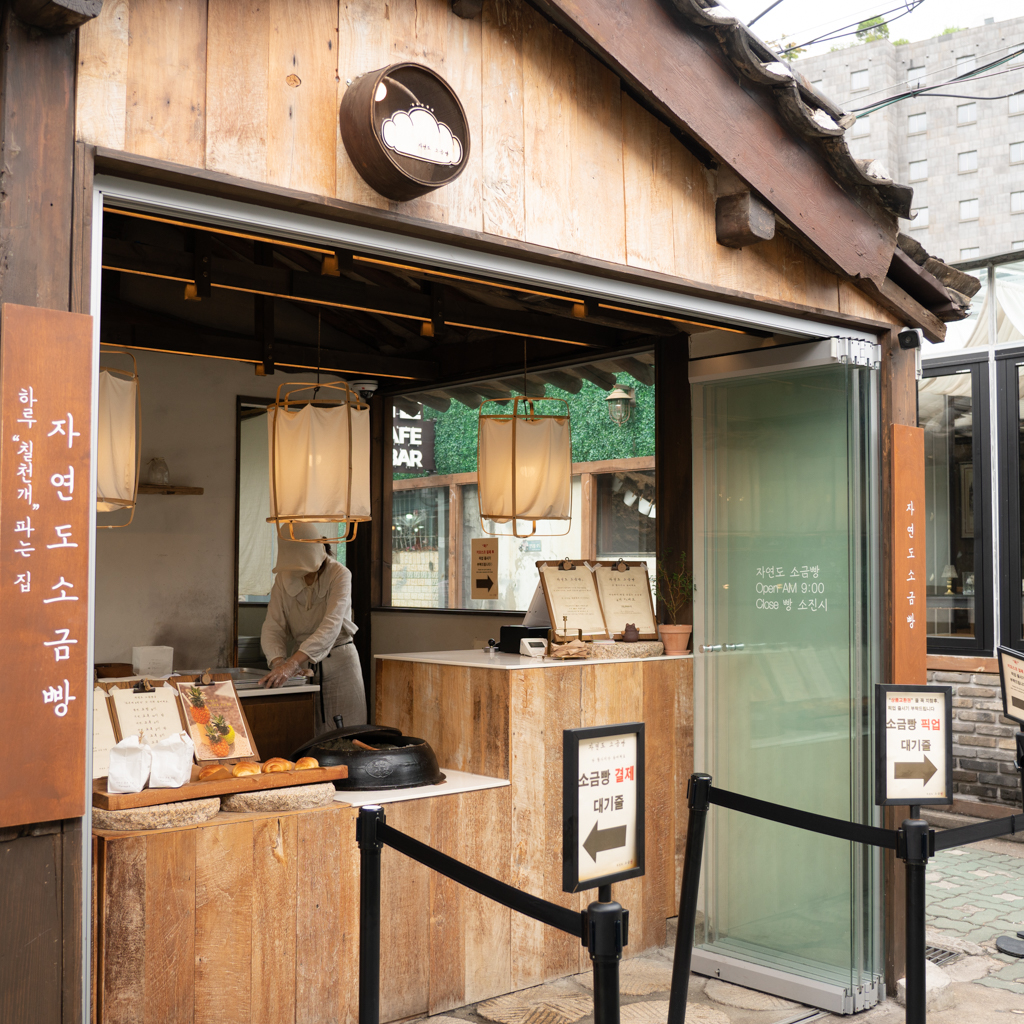
Jaeyondo Salt Bread Bakery, with its various locations throughout Seoul, is famous for their rich, buttery salt bread. We had tried salt bread at other bakeries, and none compared to the one at Jaeyondo. Our favorite branch is the one Ikseondong Hanok Village, for its quieter atmosphere and its charming outdoor seating area. The salt bread comes out of the oven at specific times (9 AM, 12:30 PM, 2 PM, 3:30 PM, 5:30 PM, and 6:30 PM). If you time your visit right, you’ll get to enjoy these hot, crispy, and fluffy buns right out of the oven.
Address: 서울특별시 종로구 수표로28길 21-17.
9. Park's Mung Bean Pancake 박가네빈대떡
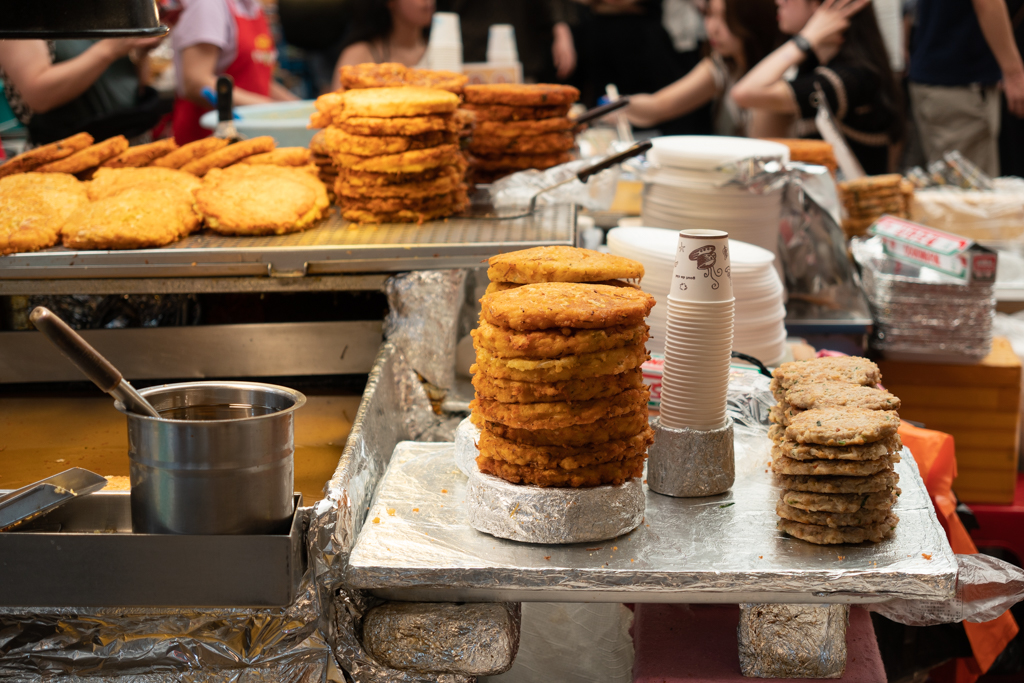
At the bustling Gwangjang Market, we noticed that the most popular food among stalls was bindatteok (fried mung bean pancake). Bindaetteok is made by grinding mung beans and mixing them with ingredients such as kimchi, bracken, and ground pork before frying to create a crispy and savory pancake. The variations of bindaetteok can include different fillings and add-ins, such as seafood, mushrooms, or additional vegetables, depending on the vendor. We had our bindatteok at Park’s Mung Bean Pancake, which seemed to be the most crowded spot for bindatteok. We dipped into soy sauce, and enjoyed it along tteokbokki and magkeolli.
Address: 서울특별시 종로구 종로32길 7.
10. Jeonu Sogogi Haejangguk 전우소고기해장국
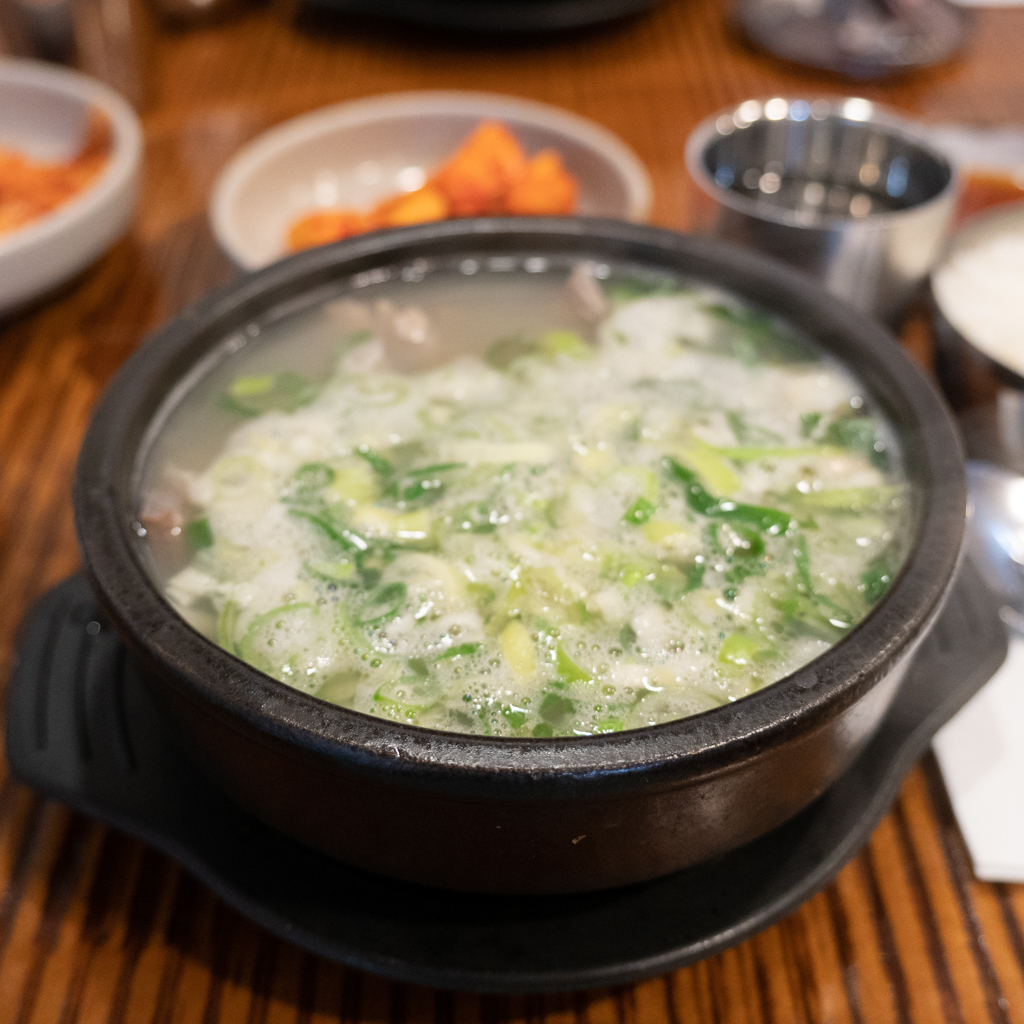
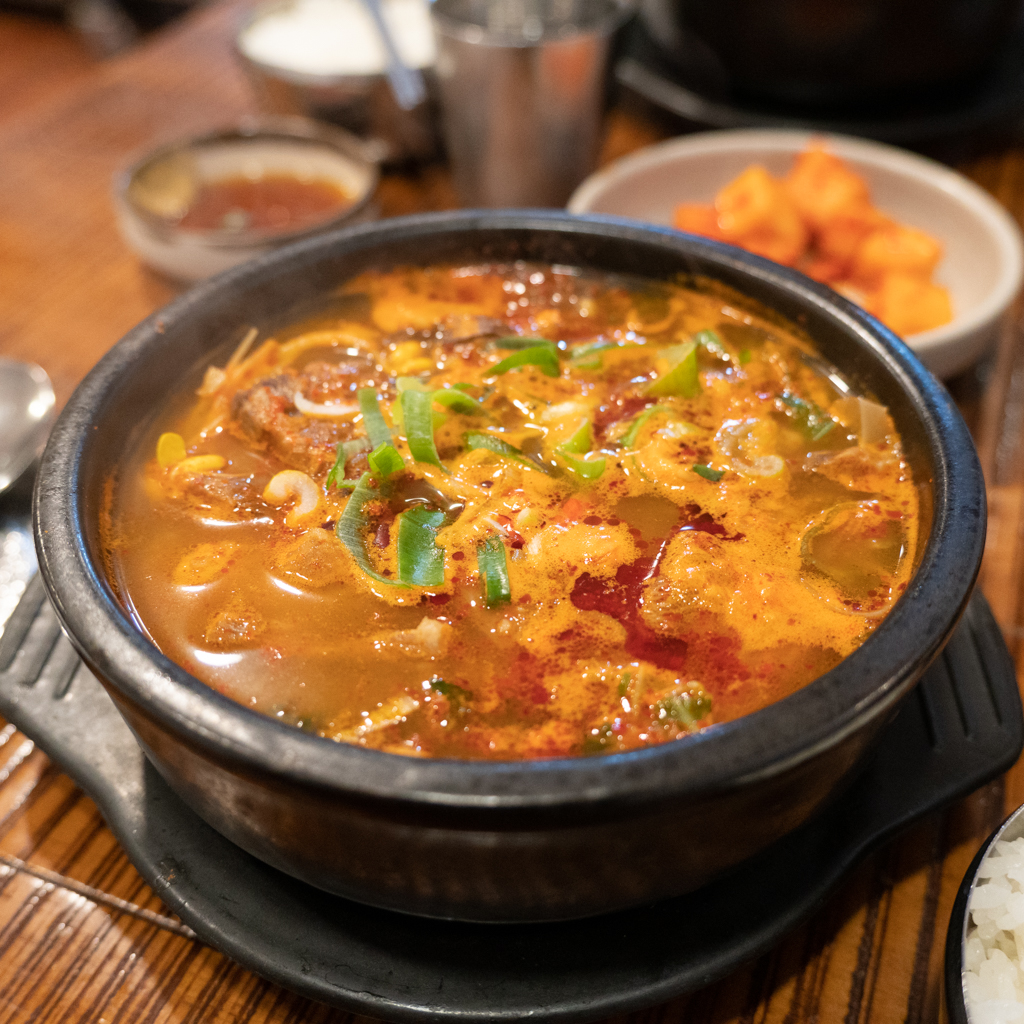
While exploring Gangnam, we stopped by Jeonu Sogogi Haejangguk, a restaurant that specializes in haejang-guk, or hangover soup. Haejang-guk, which translates to “soup to chase a hangover,” has roots that stretch back to the Goryeo Dynasty (918–1392). It was originally served as a restorative dish after indulging in alcohol, making it a staple in Korean culinary culture for centuries. Their menu offered a range of other traditional dishes, including kongguksu (cold soybean soup), dak-bokkeum-tang (spicy braised chicken), bindatteok (mung bean pancakes), and guljeon (oyster fritters). We ordered both the spicy and non-spicy beef haejang-guk, and the spicy version was our favorite, with its deeper, more robust flavor. Accompanied by rice, a variety of kimchi banchan, and bindatteok, this comforting meal was just what we needed on a chilly, rainy day.
Address: 1층, 46-3 테헤란로81길 강남구 서울특별시.
11. Chapssal Kkwabaegi, Gwangjang Market 광장시장 찹쌀꽈배기
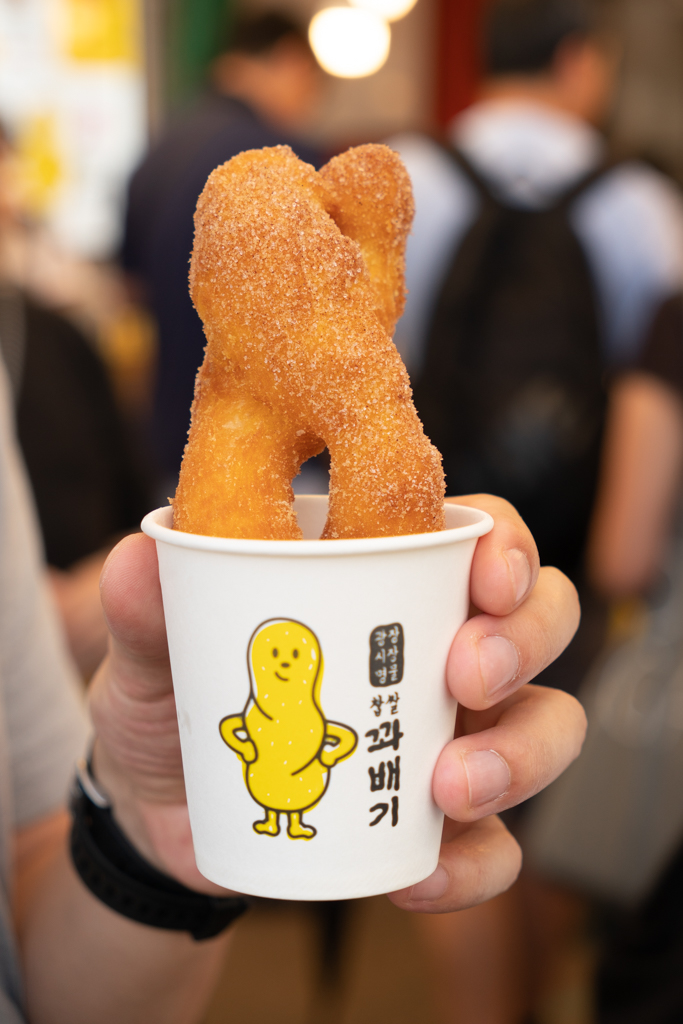

In a corner of Gwangjang Market, this popular stall specializes in kkwabaegi (twisted doughnut, 꽈배기). While waiting in line, we could observe the entire preparation process: the kneading, cutting, rolling, pinching, shaping, and finally, frying. We got their signature doughnut – the sweet rice twisted doughnut – which is dusted with sugar and cinnamon powder. Freshly fried on the spot, our kkwabaegi was hot and crispy on the outside while remaining fluffy and moist inside. This was our favorite sweet treat of the trip!
Address: 서울특별시 종로구 종로4가 188 105호.
12. Bukchon Son-mandu 북촌손만두 북촌점

We stopped by Bukchon Son-Mandu in Samcheon-dong for an afternoon savory snack. This shop has been crafting handmade mandu for over 70 years. We opted for the assorted plate of mandu, which featured 3 types: gun-mandu (crispy pan-fried dumplings), gullin-mandu (round, ball-shaped dumplings without a wrapper), and mul-mandu (delicate boiled dumplings). Each dumpling was packed with a flavorful filling, including shrimp, pork, beef, vegetables, and kimchi. The menu also featured kalguksu (hand-cut noodle soup) and naengmyeon (cold buckwheat noodles), both of which looked equally tempting.
Address: 서울특별시 종로구 북촌로4길 10.
